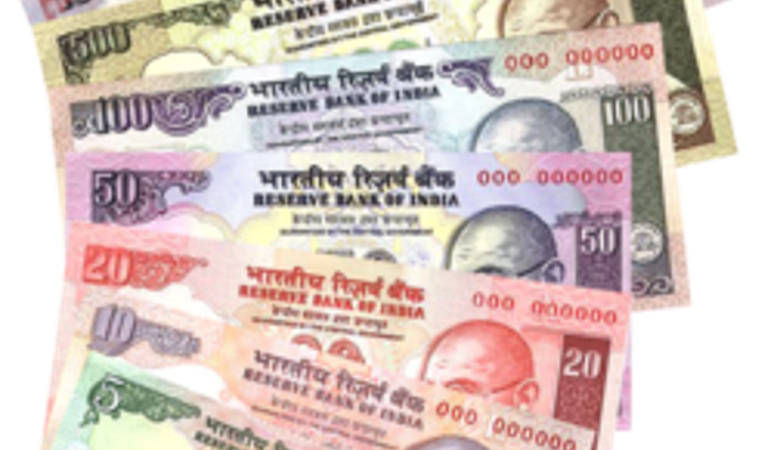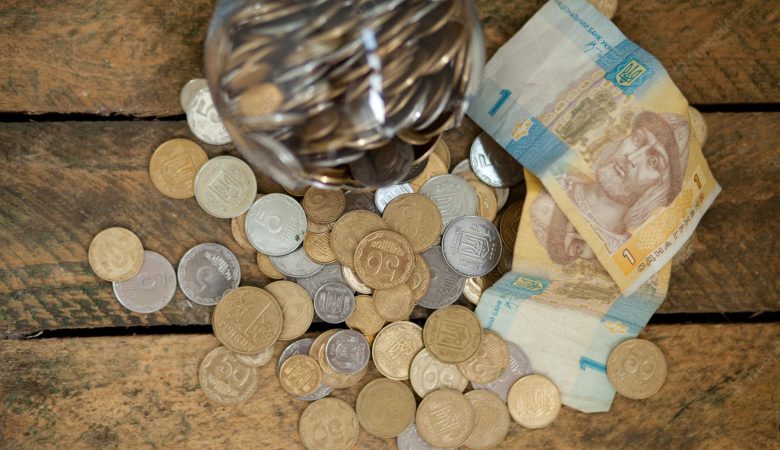Introduction:
The long history of the Indian rupee (INR) reflects the country’s changes in politics, economy, and culture. India’s economy has been significantly shaped by the Indian rupee from its establishment to the present day. The voyage of the Indian rupee is examined in depth in this article, along with its historical background, denominations, security features, and overall economic influence on the nation.
Historical Evolution:
The Indian rupee has a long history dating back to antiquity. “Rupee” comes from the Sanskrit word “rupya,” which means “stamped silver.” During the Mahajanapada era in the sixth century BCE, silver was first used as a medium of trade. Different dynasties and emperors have struck their own coins over the ages, demonstrating the diversity of regional money.
Colonial Era:
Significant adjustments were made to the Indian rupee throughout the colonial era. Early in the 19th century, the East India Company introduced paper money. The British Raj thereafter instituted uniform coinage and paper money. Due to the rupee’s frequent tie to the British pound, exchange rates fluctuated and the rupee came to represent British economic dominance in India.
Post-Independence:
For the Indian rupee, the years immediately after India’s 1947 declaration of independence were very important. In 1950, the Republic of India, having just been created, released its first set of coins and notes. The Reserve Bank of India (RBI) was founded by the Indian government to oversee monetary policy and the issuing of currency.
Denominations:
There are several coins and banknotes that are worth varying amounts of Indian rupees. Each rupee coin, which comes in denominations of 1, 2, 5, and 10 rupees, has historical personalities and national symbols on it. Banknotes come in many denominations, such as 10, 20, 50, 100, 200, 500, and 2,000 rupees. Every note has a different design and security features.


Security Features:
Combating counterfeiting requires ensuring the currency’s security. Modern security measures are incorporated into Indian banknotes to prevent counterfeiting. Watermarks, security threads, raised printing, color-shifting inks, and microprinting are some of these features. The Reserve Bank of India’s unwavering dedication to preserving the integrity of the currency is shown in the ongoing evolution of security protocols.
Demonetization: A Bold Move:
The demonetization program was launched in November 2016 by the Indian government, which was headed by Prime Minister Narendra Modi. The action included the invalidation of 500 and 1,000 rupee notes, which made up a sizeable amount of the money in circulation in the nation. The intention was to stop counterfeiting, illicit money, and corruption. Notwithstanding the mixed reviews the decision received, it demonstrated the government’s resolve to modernize and increase financial openness.
Role in the Economy:
As the main means of exchange for transactions, the Indian rupee is essential to the country’s economy. For financial operations as well as internal and international trade, it is essential. The rupee’s value in relation to other major currencies affects both the cost of imports and exports and India’s ability to compete in international commerce.
Internationalization of the Rupee:
The Indian rupee has been working toward internationalization in recent years. The goal of the International Financial Services Centre (IFSC) in Gujarat, bilateral currency exchange agreements, and programs like the Masala Bond market is to increase the Indian rupee’s acceptance and usage in international trade.
Challenges and Concerns:
The Indian rupee is not without difficulties, however resilient it is. The rupee’s value can be impacted by inflation, exchange rate fluctuations, and economic uncertainty. The nation’s expanding foreign debt and trade imbalance make it difficult to keep the currency stable. Global economic variables that affect the rupee’s value internationally include oil prices and geopolitical developments.
Digital Currency and Future Trends:
The idea of a digital rupee has become more popular in the age of digitization. With the goals of improving productivity, cutting transaction costs, and promoting financial inclusion, the Reserve Bank of India has been considering the introduction of a central bank digital currency (CBDC). The digital rupee’s prospective launch illustrates how money is changing to keep up with technological developments.

Conclusion:
The voyage of the Indian rupee is a cultural, historical, and economic tapestry. From its antiquated beginnings to the intricacies of contemporary monetary policy, the rupee has consistently accompanied India’s development. Its development is indicative of the country’s flexibility, resiliency, and dedication to economic stability. The Indian rupee continues to be a representation of the country’s economic identity, resiliency, and the prospect of a wealthy future as India navigates the possibilities and difficulties of the twenty-first century.





